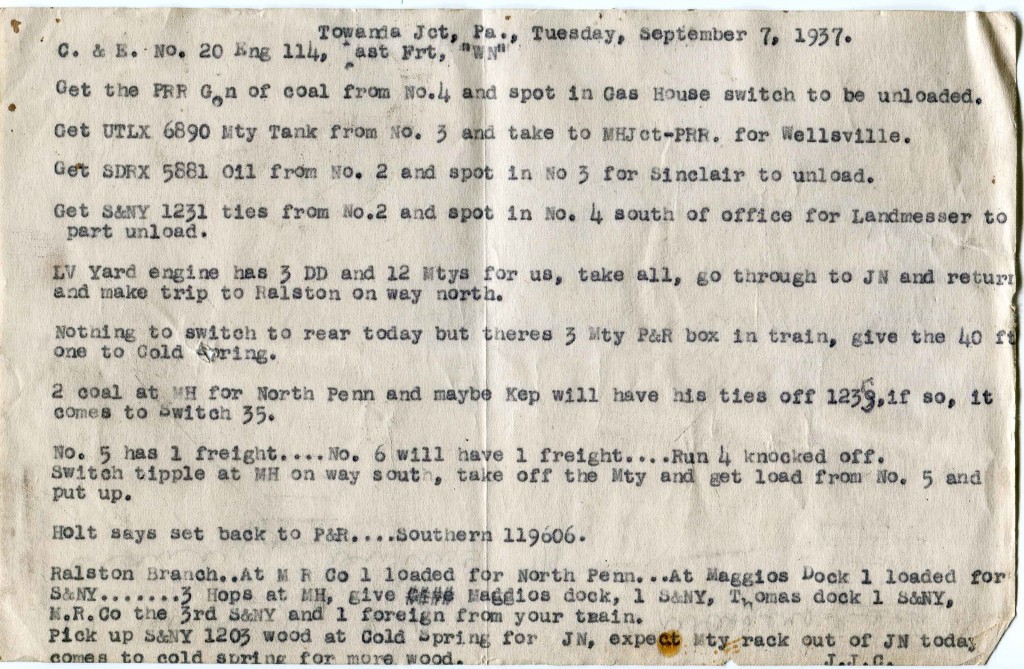
Author’s Collection
This is an extremely interesting, and rare, bit of railroad history. Typed on a piece of scrap paper by possibly the dispatcher, or Towanda station agent, the above document provides a window into the daily workings of the SNY crews. If we dissect this document we can glean a great deal of information regarding the operations of the railroad, by inference and linking with other bits of information from other sources.
First, the note is addressed to the (C)onductor and (E)ngineer of the train designated by the SNY as “the fast freight”. According to SNY employee timetable No. 47, in effect 12:01 A.M. Sunday October 14, 1934; scheduled timetable freight train #20 is a Second Class train due to leave Towanda Washington St. station (telegraph call letters “WN”) at 8:00 A.M., arriving Marsh Hill, PA (“MH”) 11:16 AM. From other sources, it seems the SNY had arranged freight service between the Reading Railroad at Newberry, PA and the Lehigh Valley at Towanda, PA. Train #21 was #20’s counterpart in the opposite direction, leaving Marsh Hill at 12:30 PM arriving at Towanda at 3:50 PM. I am not sure why neither train connected through to Newberry, unless trains to Newberry, having to run via trackage rights over the PRR Elmira Branch, were all run as extras.
What follows are instructions on what cars at Towanda need to be switched to what customers. The “gas house” refers to a coal gas plant in Towanda. This appears on a Sanborn insurance map as late as 1927, I was not aware it might have been in operation at this late date. I have included the gas house spur on my model railroad and it is good to know I am still in the realm of possibility here. Also of note is that coal is being delivered in a Pennsylvania gondola, not a hopper car.
It seems that the local Sinclair oil franchise was doing quite a bit of business at this time. We can infer that Sinclair did not have their own spur, rather they used a track in the small SNY yard at Towanda to unload petroleum products, presumably into their own trucks for local delivery. Again, a useful tidbit for model railroad operations.
The railroad also has some “company” cars in service, in this instance a carload of ties for Mr. Landmesser to unload. I presume he is the track gang foreman in Towanda. Even though this is the Depression and the railroad is not in the best financial shape, routine track maintenance with tie replacement must continue.
The next line details handling of cars interchanged from the Lehigh Valley Railroad. I presume “DD’s” are loads, and “Mty’s” are of course empty cars. All 15 cars will go south/west to “JN” (Newberry/West Williamsport) on this trip.
There are 3 empty Reading (the Reading Railroad was known as the Philadelphia and Reading until the early 30’s, hence the reference to “P&R”) boxcars in the train, one of which will be dropped at Cold Spring (a siding in the middle of nowhere up in the mountains) to be loaded.
Two loaded coal hoppers are at Marsh Hill for “North Penn” however I do not know anything at this point about that consignee.
Another car of ties is at MH, and will need to be moved to “switch 35” if the track foreman has unloaded what he needs. I am unsure of the location of “switch 35”.
No.’s 5 and 6 refer to the First Class passenger trains that ran each way between Marsh Hill and Towanda. By the late 1930’s these were run as mixed trains, with both freight and passenger cars.
There is also work at the coaling tower at Marsh Hill; an empty needs to be pulled off and a loaded hopper put up on the track to supply the tipple with coal for the locomotives. In this instance No. 5 refers to track 5 in the Marsh Hill yard.
Mr. Holt (the agent at West Williamsport?) says Southern Railway boxcar 119606 needs to be interchanged with the Reading Railroad. This would need to be done before midnight, to prevent the SNY from accruing per diem charges. These rules were to prevent railroads from hoarding or delaying other railroads cars, thus expediting service and car turn-around.
The last paragraph details work to be done up the branch to Ralston, PA. By the late 30’s there was a small coal mine up the branch which would supply a few cars of coal per week. I think most of it was used by the SNY for their locomotives. Some may have gone to local coal dealers as well. It also seems there is still wood being cut up in the mountains near Cold Spring. Not sure if this was hardwood or pulpwood, maybe for the Westvaco paper mill in Williamsport? By this late date most of the old-growth hemlock was long since cut.
So, from this humble document we can gain much information that is of extreme interest to a model railroader attempting to re-create “how things were done” some 80-odd years ago. How miraculous this piece of paper should survive all these years. Copies were probably typed up daily, and used the next day to help start a fire in the caboose stove. Maybe the next day, Wednesday, September 8, 1937 was a warm day, and the crew didn’t need a fire in the stove…
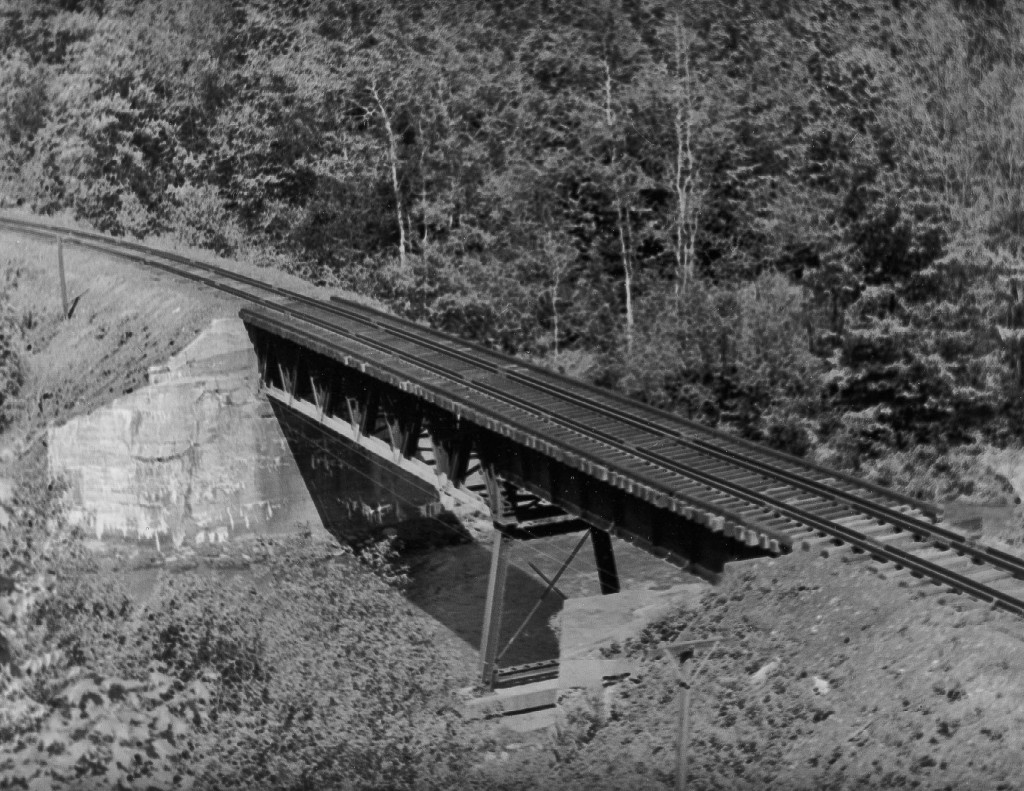
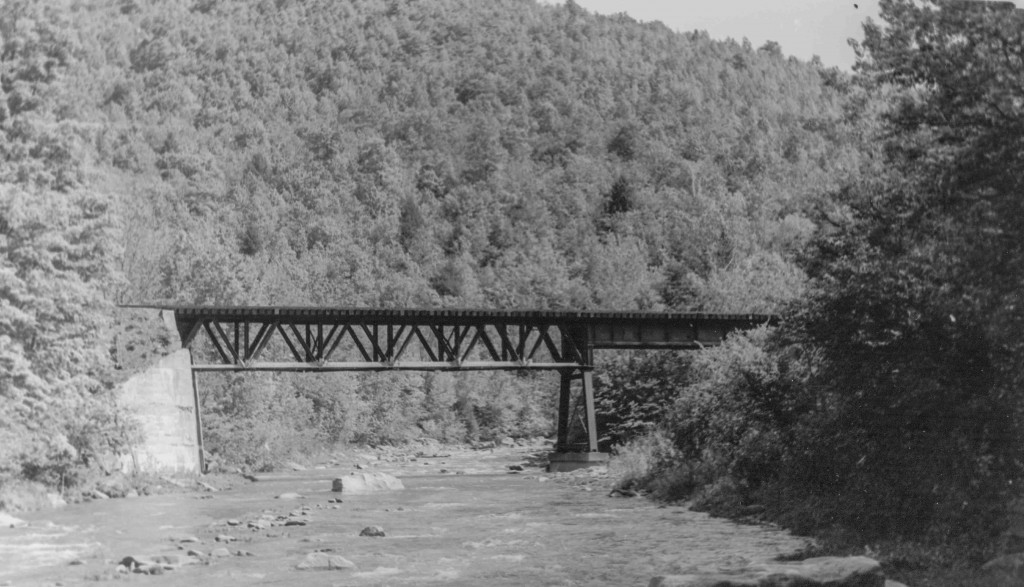
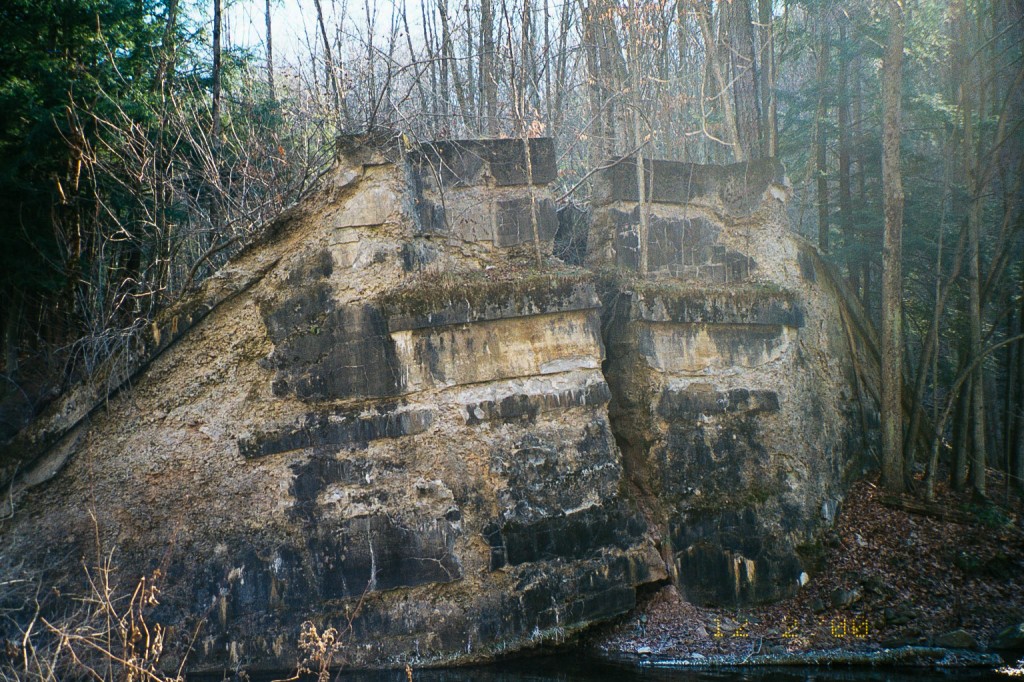
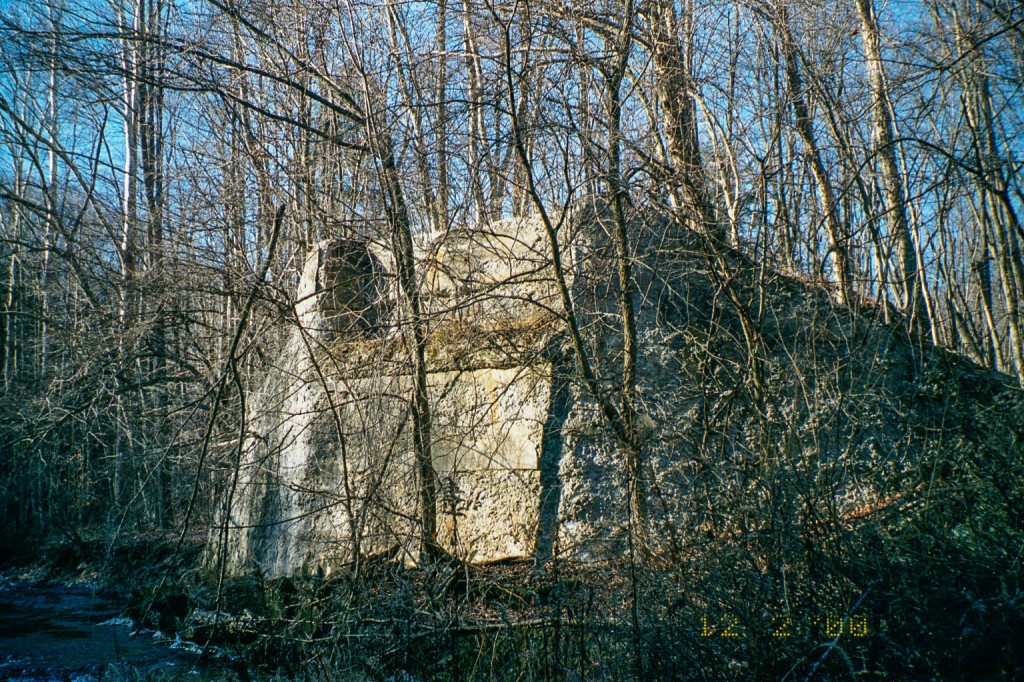
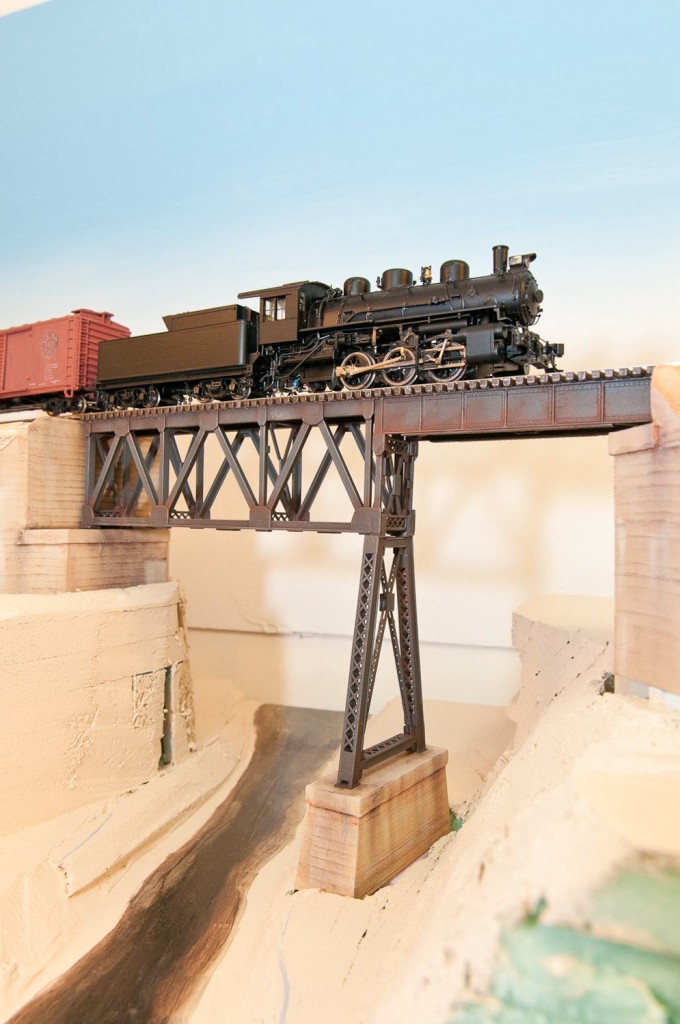
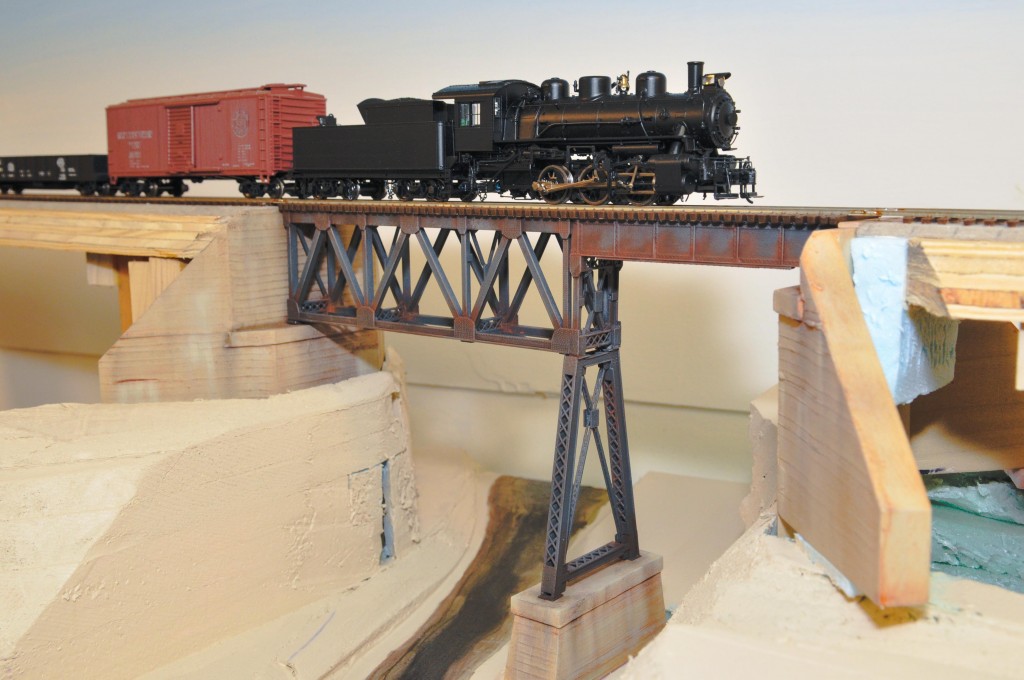

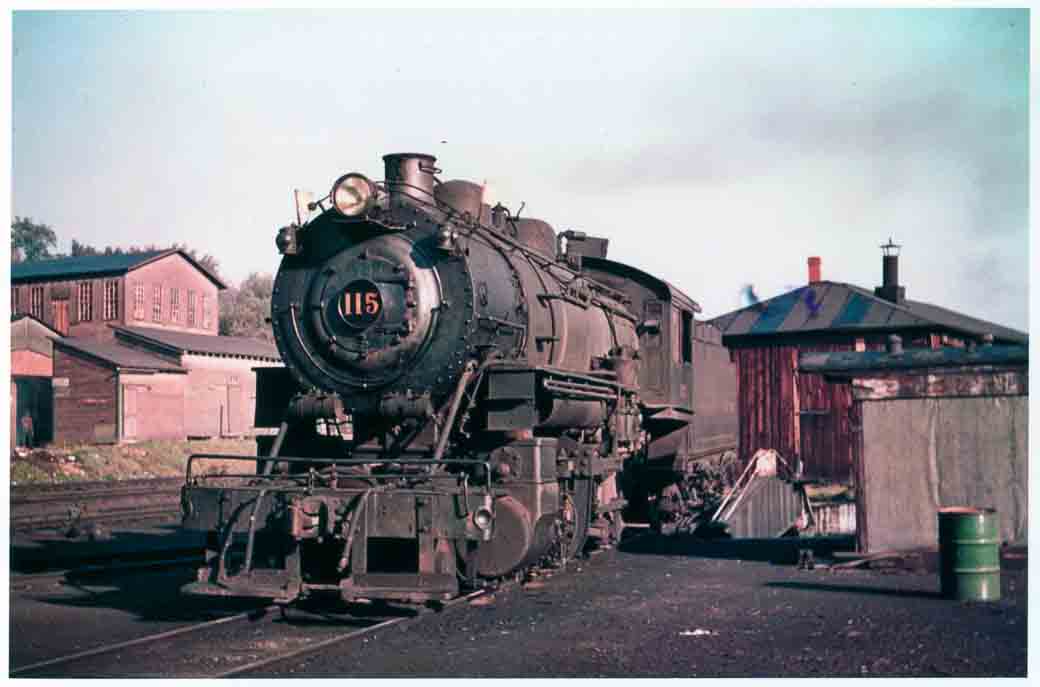
Recent Comments